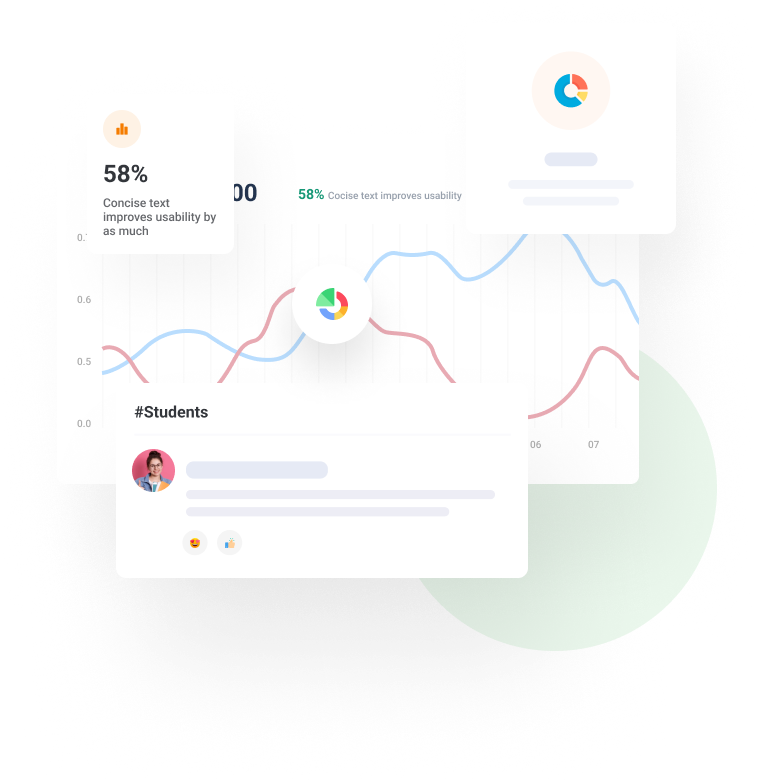Improving Pass Rates by Switching from a Passive to an Active Learning Textbook in CS0
Published June 22, 2020
Authors
D. McKinney
University of South Alabama
A. Edgcomb
zyBooks, A Wiley Brand
R. Lysecky
University of Arizona
F. Vahid
University of California, Riverside, zyBooks A Wiley Brand
A
Abstract:
Improving Pass Rates by Switching from a Passive to an Active Learning Textbook in CS0
Undergraduate degree programs in computer science have struggled with student retention and outcomes; some solutions focus on improving introductory courses, such as CS0. This paper reports on one such approach: Switching from a passive to active learning textbook, which uses animations, learning questions, and simulators, along with text and figures. The Fall 2017 offering had 73 students and used a passive textbook and a standalone flowchart simulator. The Fall 2018 offering had 76 students and used an active learning textbook, including integrated auto-graded homeworks and integrated flowchart simulator. The primary change in the course was to the textbook; the courses had the same experienced instructor; similar quizzes, exams, and homeworks; and similarly-prepared students based on ACT scores and previous programming experience. Various metrics were measured; most crucially, the pass rate significantly increased (p-value = 0.04) from 78% (57 of 73 students) in Fall 2017 to 91% (69 of 76 students) in Fall 2018. In Fall 2017, 10 of the 16 students that did not pass changed majors, whereas only 2 of the 7 did in Fall 2018. The course grades increased from 84 out of 100 points in Fall 2017 to 87 in Fall 2018; the largest categorical increase (p-value < 0.001) was homework from 71 out of 100 points in Fall 2017 to 88 in Fall 2018. Students were surveyed about the course; significant findings turned out to be that Fall 2018 students found the homework to be clearer but harder than Fall 2017 students.






